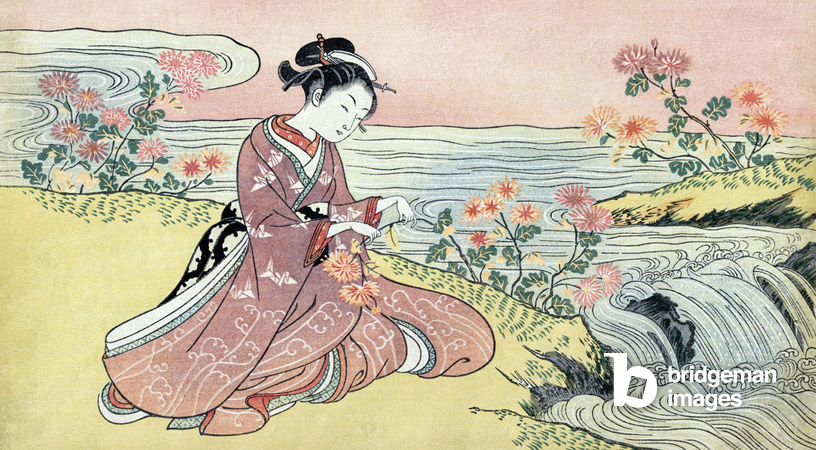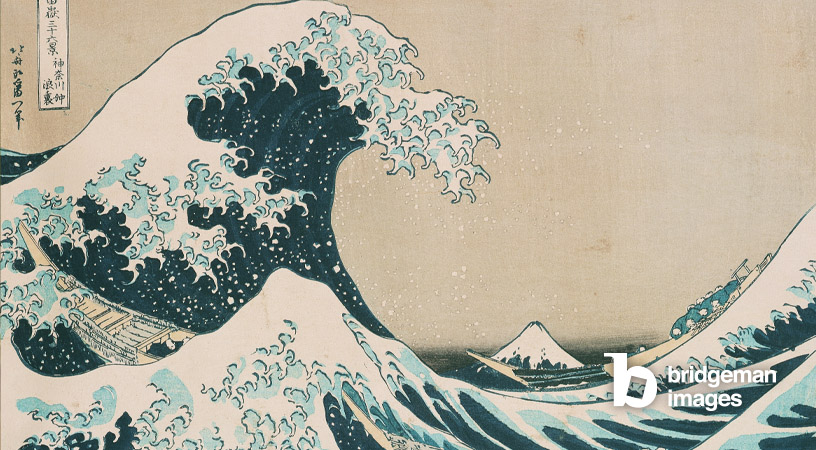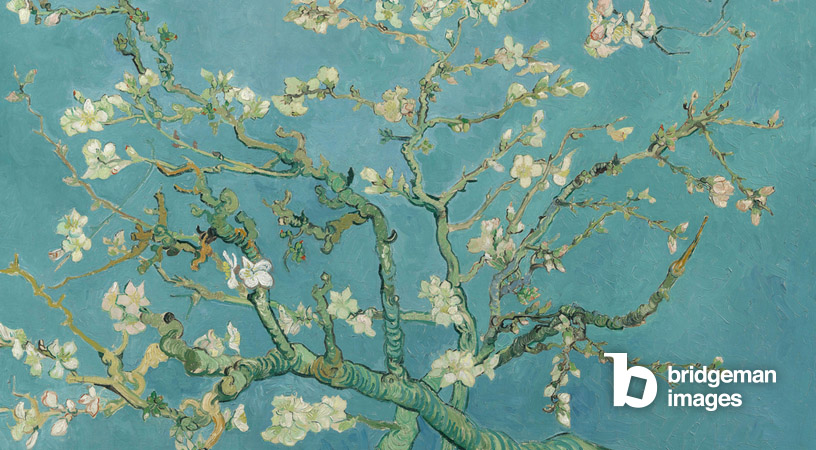Published 29/08/2023
The term "ukiyo" refers to the world of people, and "e" means "image." Originally, ukiyo-e depicted the daily life of the residents of Kyoto in the late sixteenth century.
View our selection of works from the Ukiyo-e movement.
It was during the Edo period (1603-1867) that this popular art form flourished, in part due to advances in woodblock printing techniques. Additionally, familiar subjects such as kabuki actors and depictions of women began to be portrayed during this time, and books containing illustrations by young artists were widely circulated. These artists then became ukiyo-e artists, emblematic of this flourishing era.

The History of Woodblock Printing Techniques
Most ukiyo-e works are created using woodblocks. Initially, sumi ink (black ink) used in calligraphy was used to create outlines; later, brushes were used to add colors. With the increasing demand to add more and more colors, a technique was developed to add the colored parts through printing as well, rather than using brushes. Initially, only two or three colors could be used, but as woodblock printing technology advanced, techniques using many different colors were perfected.
.jpg)
The creation of a woodblock print involved a three-step process:
1. Painting a drawing with ink.
2. Carving the design onto wooden blocks.
3. Applying colored ink to the blocks, then pressing a sheet of paper onto them to print the design.
Each of these steps was carried out by dedicated specialists. The entire process represented a considerable amount of work, but once the block was completed, it was easy to produce reproductions of the same design. The prints thus mass-produced were widely distributed among the public, contributing to making ukiyo-e a popular art form.
Genres of Ukiyo-e
As ukiyo-e gained popularity, subjects related to entertainment were often printed. "Yakusha-e" were portraits of kabuki theater actors, another traditional Japanese art form. They were somewhat comparable to posters and photographs of movie stars that we know today. "Bijin-ga" depicted beautiful women of Edo (modern-day Tokyo), somewhat like images and posters of pop stars today. Landscapes only became a ukiyo-e subject later when people had the opportunity to travel for leisure. Landscape prints were then the equivalent of today's postcards.

Among the eminent artists of ukiyo-e who have left an indelible mark on this captivating art form, we notably find Hiroshige, the undisputed master of landscapes, who created striking prints of urban and rural scenes, including "The Rain at Ohashi," which evokes the melancholic elegance of a summer rain.

Hokusai, famous for his iconic series "Thirty-Six Views of Mount Fuji," gave the world the timeless icon of "The Great Wave off Kanagawa," capturing the power of nature.
.jpg)
The delicate prints of Kitagawa Utamaro, embody the feminine grace and sensuality of the time. These artists, among others, were able to transform the everyday into timeless works of art, and their legacy continues to inspire and enchant the creative minds of today.
Influence of Ukiyo-e on Western Arts
Towards the end of the 19th century, European painters discovered ukiyo-e prints being used as wrapping paper. These prints had a significant impact on painters due to their expressive lines, bold use of colors, and distinctive free-flowing designs characteristic of ukiyo-e.

Up until then, Western artists primarily focused on realism or religious art and had never encountered the techniques used by ukiyo-e artists. As a result, ukiyo-e had a significant influence on Impressionist painters such as Vincent van Gogh.
Throughout the centuries, ukiyo-e captured the very essence of urban life and Japanese society of the time while leaving a lasting imprint on art worldwide. The elegance and fleeting beauty of this art continue to inspire and enchant us even today.
View our selection of works from the Ukiyo-e movement.
Get in touch with our team; we are always happy to assist you with your inquiries.


